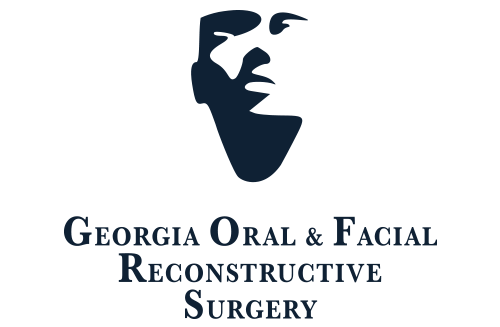Reconstructive maxillofacial surgery refers to the wide range of procedures designed to rebuild or enhance soft or hard tissue structures of the maxillofacial region. Ablative tumor surgery (benign or malignant) and traumatic injuries (especially avulsive) commonly demand reconstructive procedures to restore the functional and cosmetic deficit. Loss of soft or hard tissue secondary to infectious processes (e.g. osteomyelitis), or tissue injury due to radiation (e.g. osteoradionecrosis) may also require reconstructive measures. In addition the decrease in quantity and quality of maxillo-mandibular structures with age (that may be accelerated by other processes such as early teeth loss), can be addressed with reconstructive measures to augment the tissue for restoration using dental implants.
In the past two decades three developments have revolutionalized the reconstruction of the maxillofacial structures. First, the understanding of bone biology has allowed advanced bone grafting procedures in a variety or circumstances (e.g. sinus lift procedures, mandibular augmentation/reconstruction). Second, the advent of microvascular free flap techniques allows the transfer of tissue to reconstruct large soft and/or hard tissue defects (e.g. radial forearm fasciocutaneous or fibula osteocutaneous free flaps). Thirdly, the development and advances in dental implant techniques allows for successful dental rehabilitation. More recently, purification and identification of bone morphogenic proteins (BMP) and other chemicals that induce new tissue (bone) formation are becoming available, but remain to be fully elucidated. Future research may reveal methods of regenerating neural and muscle tissue. Future molecular biology techniques using gene therapy may reveal further knowledge that can be applied to maxillofacial reconstruction.

